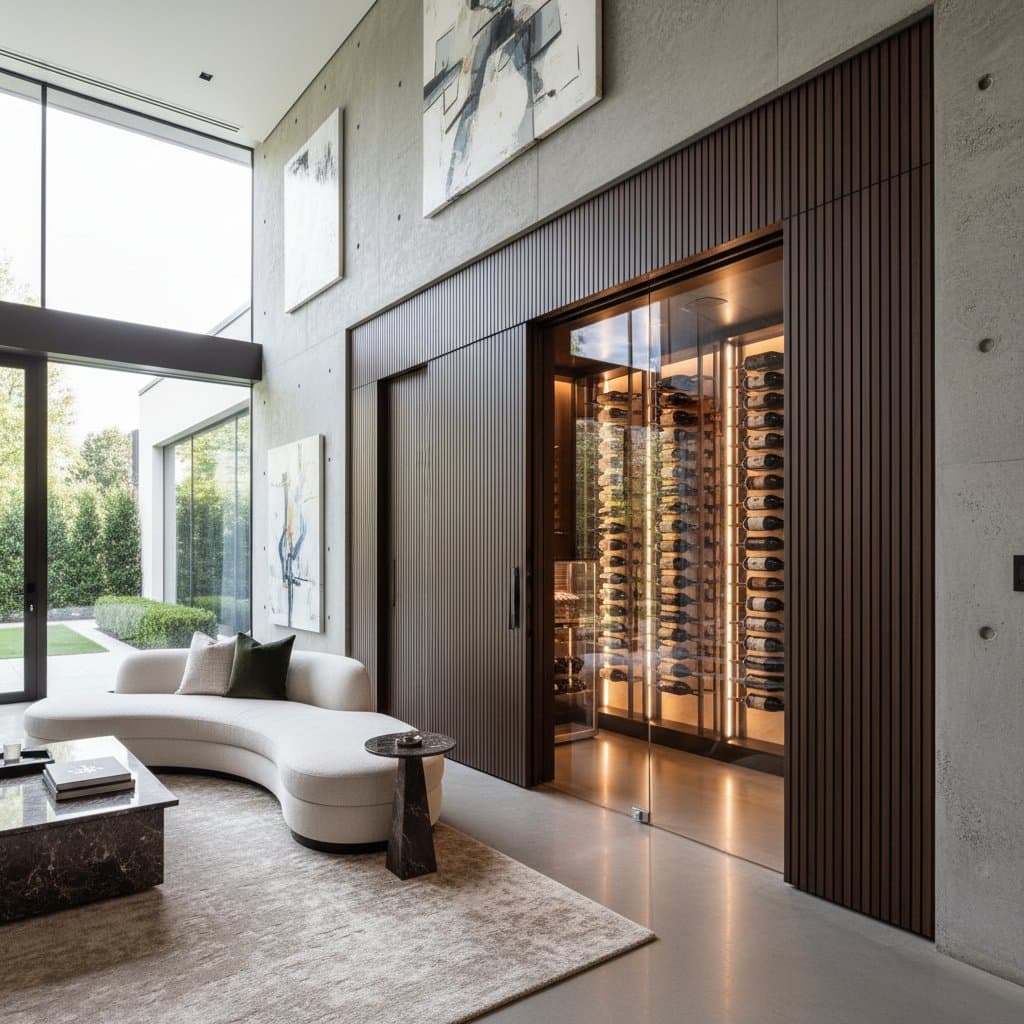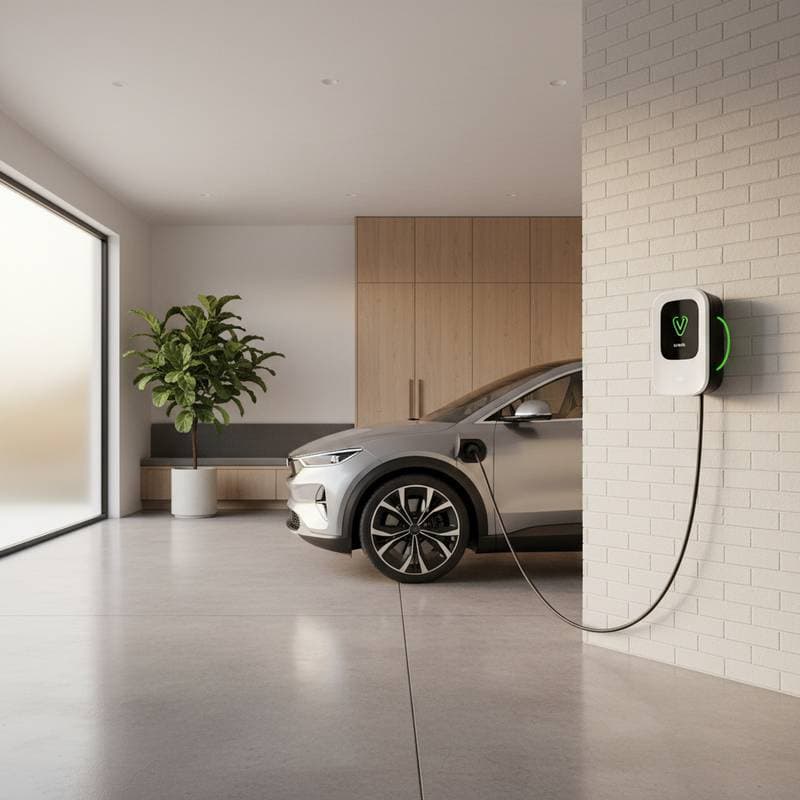Elevate Home Value by 11 Percent Through Electric Panel Upgrades
Upgrading the electric panel in a residence can elevate its market value by as much as 11 percent. This enhancement also equips the property to accommodate contemporary energy requirements, including electric vehicle chargers, solar energy systems, and high-efficiency heating, ventilation, and air conditioning units. The process strengthens safety measures, expands electrical capacity, and appeals to prospective buyers seeking move-in-ready homes with reliable infrastructure.
Essential Insights on Value and Feasibility
A modern electric panel typically increases a home's resale value by approximately 11 percent, influenced by factors such as the system's amperage, regional market conditions, and the property's overall configuration. The average expense for such an upgrade ranges from $1,800 to $4,500, with completion times spanning one to two days. Professionals recommend proceeding when the existing panel appears outdated, lacks sufficient capacity, or fails to adhere to current electrical codes.
To determine readiness, inspect for signs like frequent breaker trips, outdated fuse boxes, or panels rated below 100 amps. These indicators signal the need for intervention to avoid hazards and capitalize on value appreciation. Consulting a licensed electrician provides a precise assessment tailored to the home's specific electrical load.
Breakdown of Typical Expenses
Understanding costs helps in budgeting effectively. The following table outlines common tasks and variables:
| Task | Typical Cost | Influencing Factors |
|---|---|---|
| Panel replacement (100 to 200 amps) | $1,800 to $3,500 | Amperage rating, manufacturer brand, number of circuits |
| Service upgrade (including meter, wiring, and grounding) | $2,500 to $4,500 | Coordination with utility providers, distance from transformer |
| Addition of subpanel | $800 to $1,500 | Length of wiring runs, required amperage, site accessibility |
Regional differences significantly impact pricing. Higher labor rates in urban areas, mandatory permit fees, and variations in local electrical codes contribute to fluctuations. Properties with aging wiring or complex layouts often incur additional expenses due to the intricacies of retrofitting.
Required Tools and Materials
Successful upgrades demand specific equipment and components:
- A new electrical panel rated for at least 200 amps
- Compatible circuit breakers
- Grounding rods and associated wiring
- Electrical conduit for protected runs
- Secure wire connectors
- Voltage tester for safety verification
- Precision tools such as screwdrivers and a torque wrench
- Documentation for permits and inspections
Licensed electricians typically furnish these items. Homeowners attempting do-it-yourself preparations should limit efforts to non-electrical tasks, like clearing the work area or documenting existing circuits, to maintain safety.
Deciding Between DIY and Professional Installation
Opt for DIY in limited scenarios:
Such as labeling existing circuits or replacing non-electrical breaker covers. These actions pose minimal risk and require no specialized licensing.
Engage a professional for comprehensive work:
Full panel replacements, service upgrades, or meter relocations necessitate expert involvement. Electricians handle essential steps like obtaining permits, liaising with utility companies, and verifying compliance with electrical standards. Their expertise prevents issues such as voided warranties, elevated insurance premiums, or safety violations.
Professionals excel in calculating conductor sizes, establishing robust grounding systems, and incorporating arc-fault protection. These elements demand technical knowledge beyond novice capabilities, ensuring long-term reliability.
Navigating Permits and Code Compliance
Virtually all local authorities mandate permits for electric panel upgrades. Post-installation inspections validate that wiring gauges, grounding configurations, and breaker specifications align with national and municipal electrical codes. Neglecting these requirements may result in denied insurance claims or complications during property sales.
Certain municipalities insist on utility involvement for service disconnections. Additional permits might apply to activities like trenching for new lines or installing exterior conduits. Verify regulations with the local building department prior to commencing any project to avoid delays or fines.
Mechanisms Behind Value Appreciation from Upgrades
Prospective buyers prioritize residences that demonstrate safety, efficiency, and adaptability to modern lifestyles. A contemporary electric panel addresses these priorities by mitigating common inspection concerns, augmenting power capacity, and facilitating integration with energy-saving technologies.
Real estate appraisers and agents observe that properties featuring updated electrical infrastructures transact more swiftly and command premium prices. The 11 percent value uplift derives from synergistic benefits: enhanced safety protocols, expanded capacity for appliances, and diminished perceived risks for buyers.
Consider a property appraised at $600,000; an upgrade could yield an additional $66,000 in value, particularly if the system supports solar integrations or electric vehicle infrastructure. This return often exceeds initial outlays within a few years of resale.
Factors That Amplify Value Gains
Several elements maximize the investment's impact:
- Preparation for energy innovations. A 200-amp panel accommodates solar arrays, battery storage solutions, and intelligent home automation.
- Enhanced buyer confidence. Upgraded panels convey reliability and forward-thinking design, reducing negotiation leverage for repairs.
- Favorable inspection outcomes. Eliminating electrical deficiencies streamlines the selling process.
- Potential insurance savings. Certain providers offer reduced premiums for homes with verified modern electrical systems.
Strategies to Minimize Expenses
Controlling costs preserves profitability:
- Select a panel precisely matched to current and projected needs; excessive capacity inflates material expenses unnecessarily.
- Bundle upgrades, such as integrating panel work with electric vehicle charger or solar system installations, to optimize labor efficiencies.
- Facilitate access by clearing the installation site in advance, which shortens project timelines.
- Obtain estimates from at least three licensed electricians to identify competitive pricing.
Expert Recommendations for Optimal Results
- Anticipate emerging demands. Discuss with the electrician provisions for electric vehicle charging, solar compatibility, and heat pump installations.
- Implement clear circuit labeling. Organized markings simplify future maintenance and reassure buyers during showings.
- Incorporate advanced grounding. Updated systems mitigate shock hazards and safeguard sensitive electronics from surges.
- Maintain comprehensive records. Retain copies of permits, inspection certificates, and manufacturer warranties as tangible proof of quality.
- Prioritize compatible breakers. Ensure all components originate from the same brand to prevent arcing or operational failures.
Addressing Frequent Post-Upgrade Challenges
Prompt resolution of issues maintains system integrity. The table below details common scenarios:
| Issue | Recommended Action | Rationale |
|---|---|---|
| Persistent breaker tripping | Balance electrical loads across circuits | Alleviates overloads and eliminates intermittent disruptions |
| Flickering lights following installation | Inspect and secure all connections | Loose terminals lead to voltage instability |
| Elevated panel temperature | Summon an electrician without delay | Signals potential circuit overloads or faults |
| Unusual buzzing or humming sounds | Replace the affected breaker | Mitigates risks of overheating and potential fires |
Vigilance toward subtle indicators, such as minor flickers or noises, prevents escalation to major problems. Schedule routine professional checkups to sustain performance.
Advancing Your Home's Electrical Future
Residences equipped with legacy fuse boxes or undersized breaker panels stand to benefit immensely from upgrades. This investment delivers returns via elevated market value, mitigated risks, and superior power distribution. Moreover, it aligns the property with evolving energy technologies, ensuring enduring appeal in competitive markets.
Frequently Asked Questions
What signs indicate the need for an electric panel upgrade?
Frequent breaker trips, an inability to support additional appliances, or a panel older than 25 years often signal the requirement for replacement. Outdated systems also pose safety risks and may not comply with modern codes.
How long does a typical upgrade take?
Most projects conclude within one to two days, depending on the scope. Complex service upgrades involving utility coordination might extend to three days.
Will an upgrade support solar panel installation?
Yes, a 200-amp panel provides the necessary capacity for solar systems, inverters, and battery storage, making it a foundational step for renewable energy adoption.
Can I finance the upgrade?
Many electricians offer payment plans, and rebates may apply through energy efficiency programs. Consult local incentives for electric vehicle or solar readiness enhancements.









